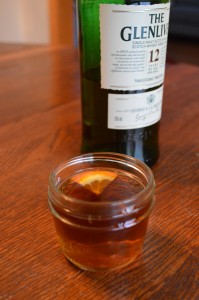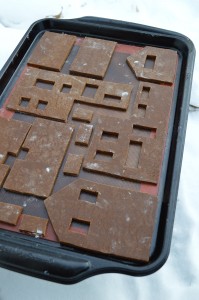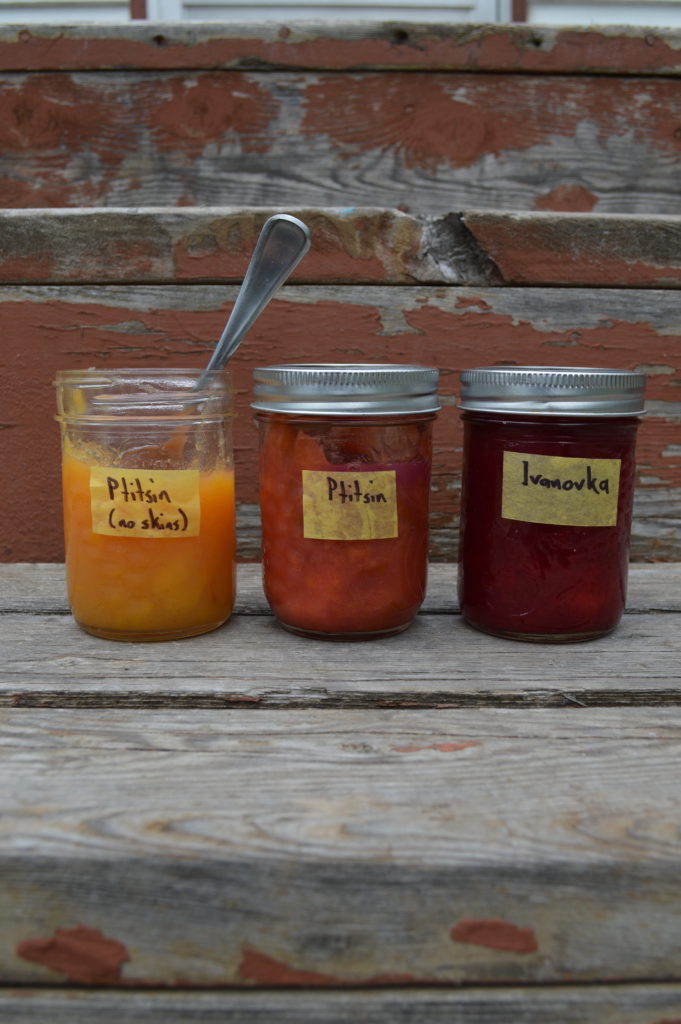
Can you make plum jam with Japanese plums? Of course! However as we’ve discussed several times this season, when you cook the flesh of Prunus salicina some powerful sour flavours develop.
Out of hand the flesh of a Japanese plum is so mild you might consider dialling back the sugar for a jam recipe. You definitely should not! First, the sugar is essential for the mixture to actually “jam” or set, but also that generous dose of sweetness balances the acidity that is unleashed during cooking. I ended up using the same ratio I use for raspberry jam: 2:1 fruit to sugar. Even with this high sugar content, the jam is quite tart. We noticed that of our two … Continue reading.
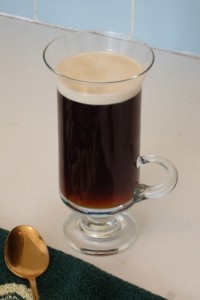
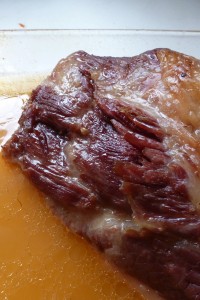
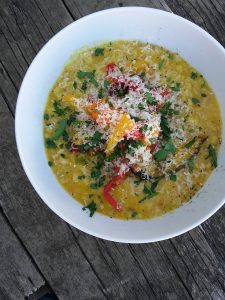

 Roast pumpkinseeds are a very rustic North American snack. While pumpkin seeds are relished in several far flung parts of the world, including central America (pepitas) and Austria (
Roast pumpkinseeds are a very rustic North American snack. While pumpkin seeds are relished in several far flung parts of the world, including central America (pepitas) and Austria (